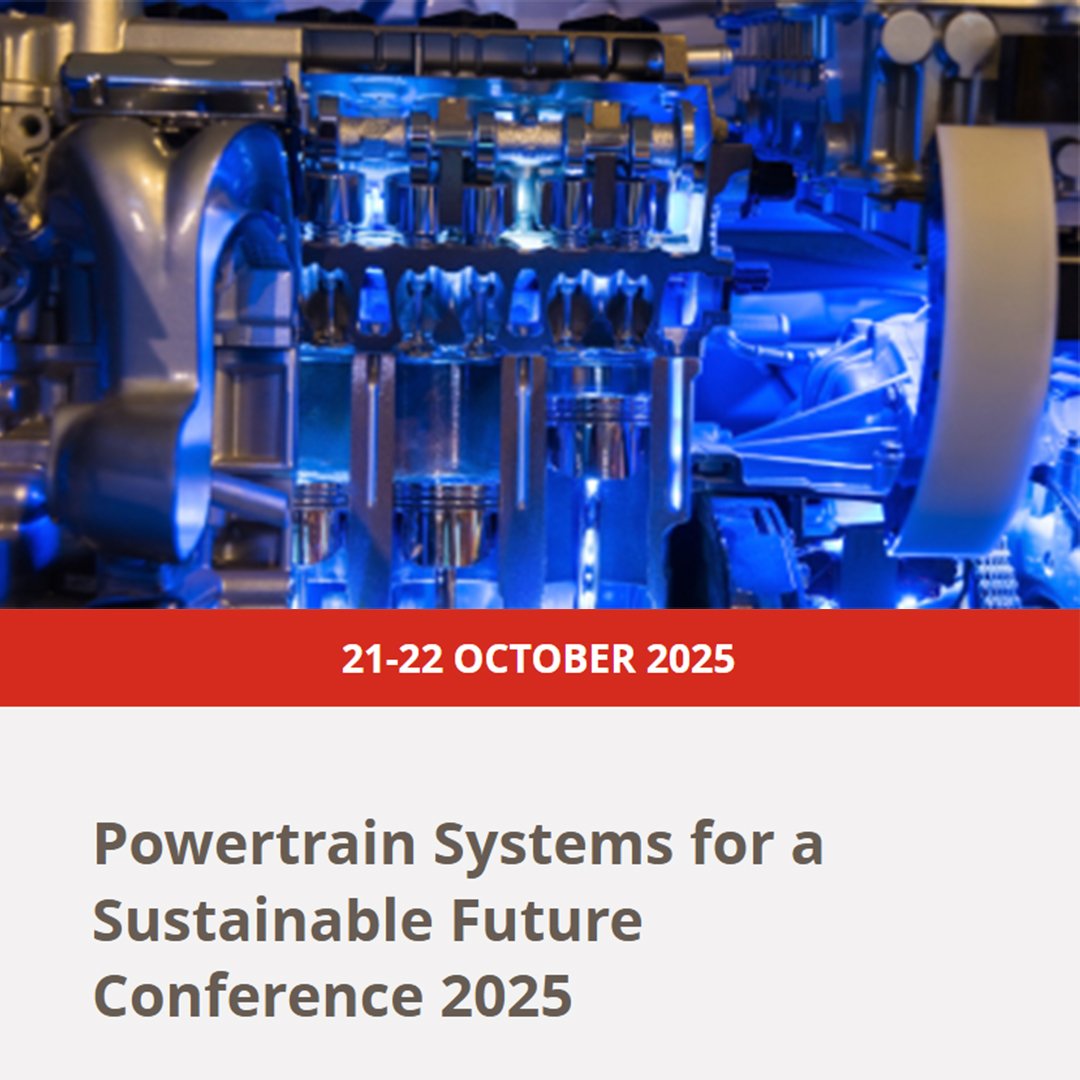
Virtual Calibration Approach to the development of control systems and strategies for Hybrid L-Category Vehicles


Virtual Calibration Approach to the development of control systems and strategies for Hybrid L-Category Vehicles
Hybrid powertrain for motorcycles has not been widely adopted to date but has recently shown significant increased interest and it is believed to have great potential for fuel economy containment in real driving conditions. Moreover, this technology is suitable for the expected new legislations, reduced emissions and enables riding in Zero Emissions Zones, so towards a more carbon neutral society while still guaranteeing “motorcycle passion” for the product . Several simulation tools and methods are available for the concept phase of the hybrid system design, allowing definition of the hybrid components and the basic hybrid strategies, but they are not able to properly represent the real on-road behaviour of the hybrid vehicle and its specific control system, making the fine tuning and validation work very difficult. Motorcycle riders are used to expect instant significant torque delivery on their demand, that is not properly represented in legislative cycles (e.g. WMTC); rider feedback is biased towards the higher performance range, which has minor contribution to legislative requirements; this leads to a complex combination of testing of two different environments.
This paper presents a methodology that combines the Longitudinal Dynamic Simulation models used in the concept phase with the specific Hybrid control software, integrating at software level the different systems on the vehicle, within a single Matlab/Simulink tool, evolving the solid experience of Ricardo in virtual modelling tools (in particular MiL tools) in several environments. As this tool includes the same control software and calibration set available on the vehicle (rather than a generic simple control model that is used in simulation tools at concept phase), it is used to guide the development and calibration to balance the road behaviour (drivability & rider feedback) with measurable performance parameters like range and fuel consumption that are simulated on the legislative cycles. Using this virtual calibration approach, the calibration parameters can be tuned in the desktop environment, significantly speeding up the product development time and reducing the overall physical test effort required.
In addition, this tool can be efficiently used at concept definition of new hybrid powertrains; as it includes a significantly higher control system complexity compared to a simpler control system modelling, a more realistic simulation can be obtained, including calibration sets ready for testing.
JSAE 20249066, SAE 2024-32-0606
Presented at the 28th Small Powertrains and Energy Systems Technology Conference, November 4-7, 2024.
Co-organised by JSAE, SAE International and TSAE.
The vehicle plant model presented in this paper was developed using Realis IGNITE.
Realis Simulation, formerly Ricardo Software.
Our insights


CFD and FE Toolset for Predicting Structural Temperatures in a Hydrogen Internal Combustion Engine
Technical Paper